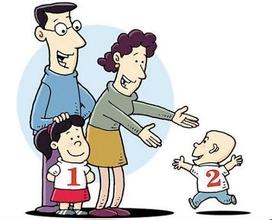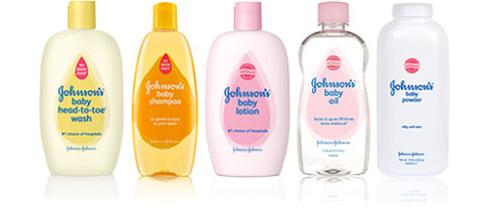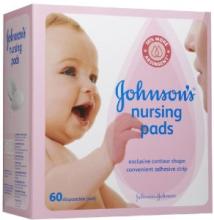China’s recent new policy regarding the ‘one-child’ policy will pamper the increase in baby products demand.
New policy
China has long been known for its ‘one-child policy’ dating from 1978 preventing further strong increase of the Chinese population. As of 2015, the policy was phased out and replaced by a two-child policy, now allowing married couples in China to have two children. This new policy was put into action on January 2016. The Communist Party of China decided to change this law, hoping to solve the problem of the Chinese ageing population.
Industry will benefit from this policy
A strong growth is expected in the demand for baby care products over the next few years through 2020. Sales of baby and child-specific products should witness a growth of 18% during this span. Not only this new policy is very likely to boost baby products consumption, but the rising households incomes cannot be ignored as they are also a major factor. Baby products professionals are already looking forward this ‘baby boom’ and are preparing themselves. According to analyst predictions, China should account for 45% of the global demand in baby care products by 2020.
Chinese online retail platforms such as Alibaba and JD.com welcomed the new policy and offered more baby care and baby food products. Due to the 2008 food scandal, Chinese parents are more willing to shop online in order to acquire overseas baby food or baby formula. Last year on Singles’ Day, the baby goods category was ranked among the top performers on Alibaba’s online platforms. Online sales trend and analysis show that Chinese parents are inclined to look for high-quality and reliable products for their children, hence the use of online platforms that allow them to purchase foreign branded baby goods.
Competitive landscape
Johnson & Johnson China Ltd. Is the leader in China in terms of baby products sales, its market share is about 20%. This fairly comfortable position on the market is due to the fact that the company early entered the Chinese market and has a strong brand awareness. Johnson & Johnson also conducted a campaign called So Much More in 2015 to develop public awareness as regards baby care. Furthermore, this latest policy might lead foreign baby care companies to seek entry on the Chinese market and heighten the competition.
Analysis
Euromonitor International carried out in depths analysis of the situation and its impact on baby sales. The report provided forecast notably on the number of potential newborns set around 10 to 30 million thus increasing the need for baby products all over the country. Rob Walker from the market research firm Euromonitor international declared that “A change in the law, no matter how small, is a big deal for any company with a footprint in China’s baby and children’s consumer base.” According to the firm’s research, the emerging Chinese middle-class and the overall rises in salaries will undoubtedly be beneficial for the baby & children products specialized companies.
further readings:
- A good marketing strategy in China
- China a land of business opportunities
- In China, if you want to success go Digital
- Beauty Brands Marketing in China
- IWOM in China, our services


3 comments
lepoint
The majority of Chinese newborns are now the second child of their family, a consequence of the end of the one-child policy, the official press reported on Tuesday.
From January to August, the most populous country in the world has registered 11.6 million newborns, 52% of whom are second-rate children, said China News Agency, quoting Wang Peian, deputy director of the National Commission of China. Health and Family Planning (CNSPF).
For the whole of 2016, this rate was only 45%, according to the same source.
With the aging of its population, China has dismantled in recent years its one-child policy, introduced in the late 1970s.
Since 2013, couples of which one of the members is an only child had the right to have a second child. This opportunity has been offered to all couples since January 1, 2016.
Last year had already seen a sharp rise in births over one year in China (+1.3 million), to 18.5 million, the highest number since 2000, according to figures of the CNSPF cited by China new.
To cope with the scheduled influx of babies, the government invested heavily last year in the construction of maternity and pediatric hospitals, said the agency.
By 2020, the country is expected to have 89,000 additional maternity beds and 140,000 obstetricians and midwives more than currently, according to new China.
women cosmetic
Thanks designed for sharing such a pleasant thought, piece of writing is
nice, thats why i have read it completely